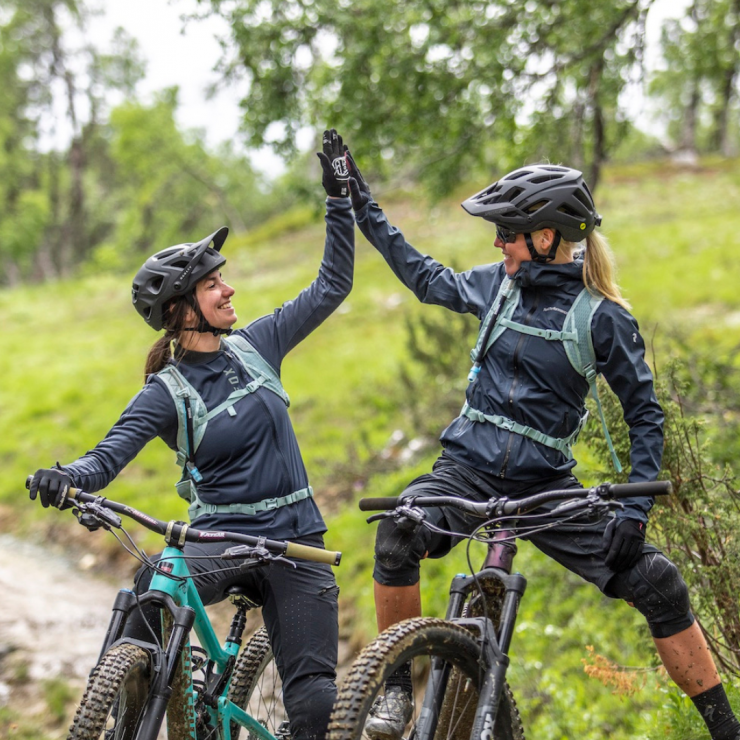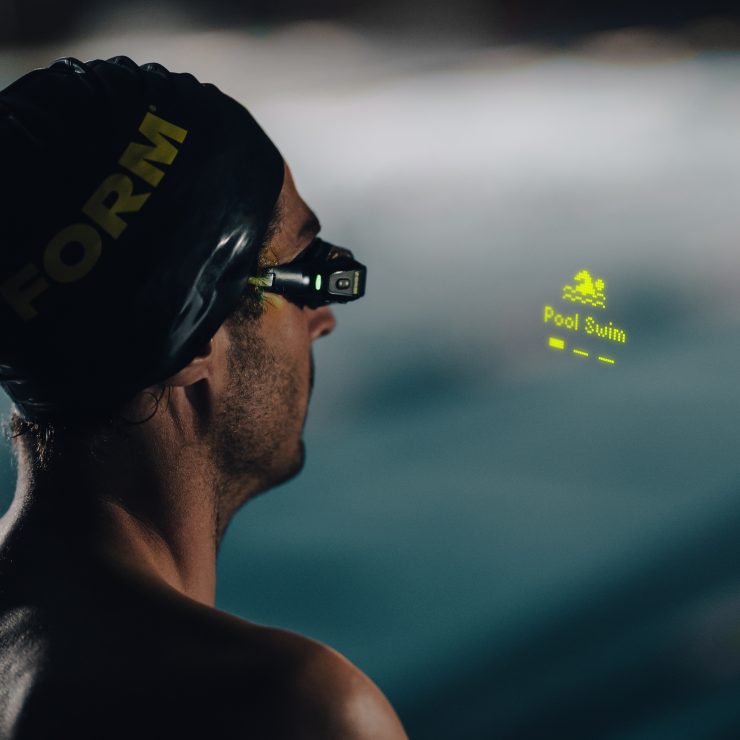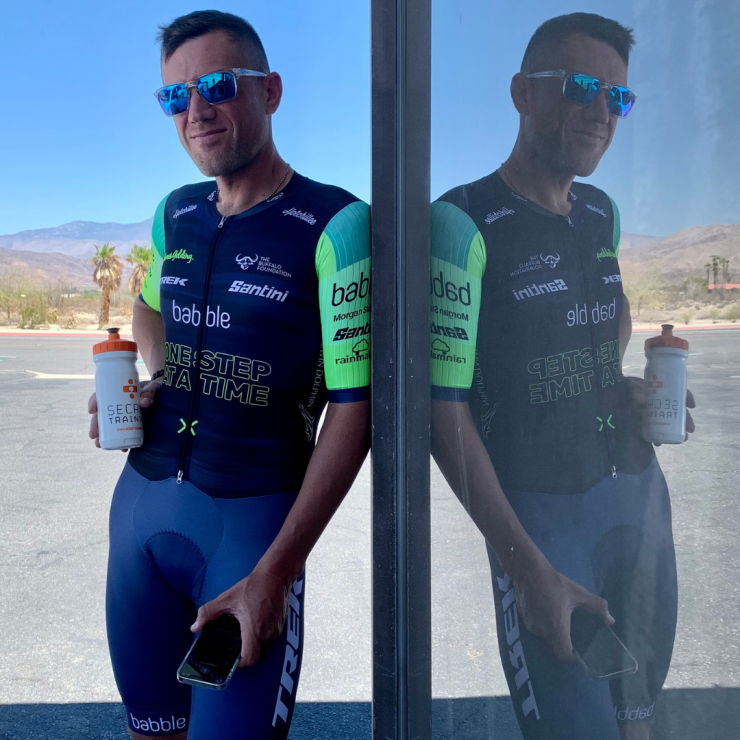It wasn’t so long ago that there was a clear divide between brands and consumers. If you were a sportswear brand and you wanted to get in front of a particular demographic, you had to pay for advertising, or sponsor a local football club, or earn the right to be featured in the media. The opportunities for consumers to speak directly to brands, and vice versa, were few and far between and the idea that brands could foster communities was completely implausible.
Social media changed all that. Fans and consumers expect more of the brands they champion, and brands want that direct communication with their communities. It’s added an extra level of complexity to the Marketing and PR matrix, but for the most part, it’s hugely positive, and it means that brands and consumers can often work in unison to amplify social justice messages, or promote positive campaigns for participation.
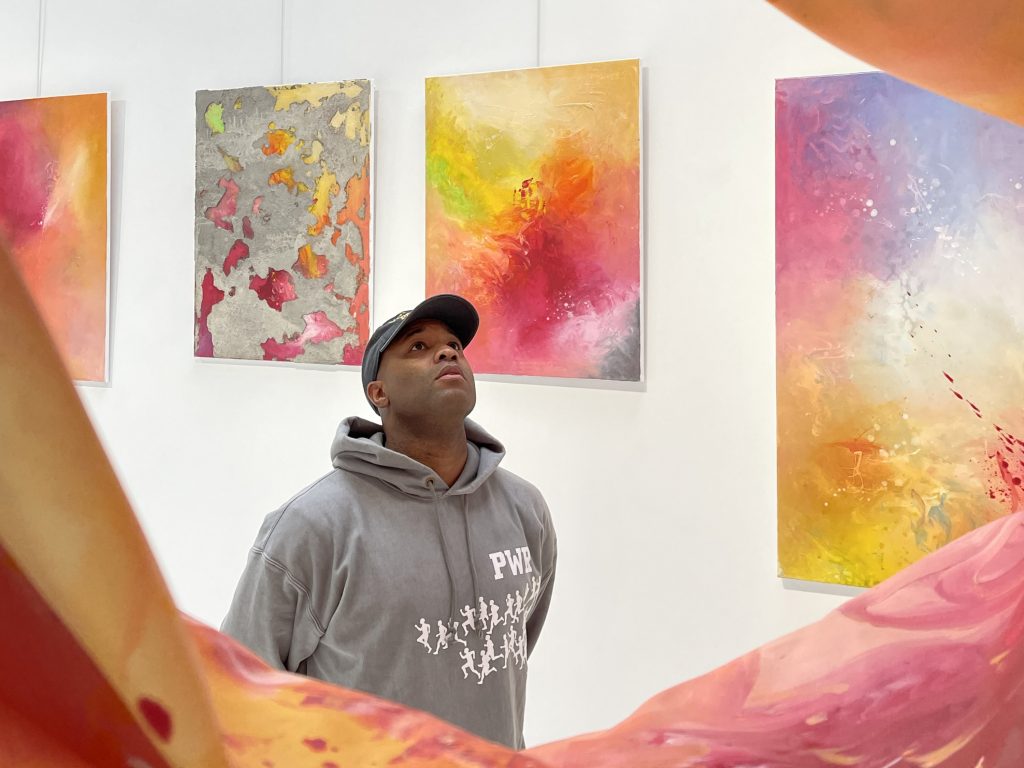
At the beginning of January, we sat down with Aspire’s Community & Talent Manager, Lory Louves, to learn more about his approach to community building, and what community can mean to brands, businesses, and individuals alike.
What was your route into leading an active lifestyle and how has your involvement with active communities kept you engaged in sports?
Lory Louves: I have been involved in sports since I was very young but it was only when I moved to London in 2012 that I really got involved in what was the genesis of sport communities. Thanks to the Olympics you saw this energy in the city and people really embracing sports on a completely different level. I was part of a few running crews then and experienced first hand how that sense of belonging could really change lives. Nowadays, I ride with Power Up, we are like a super creative family and being surrounded by such incredible people/athletes continually inspire me to push myself.
We’ve seen a huge increase in the number of brands hosting community activities in recent years. Where is the value in that for both sides?
LL: Brands mainly get involved with community as a promotion and retention tool: creating memorable moments supports brand loyalty. Not all brands have a long-lasting impact or the will to support communities long-term. For the communities, they get support in the form of funding or products. They show up a certain way on the scene which also supports their growth. What has been really interesting lately is communities building their own brands in response to mainstream brands unfortunately only following some sort of marketing agenda, like highlighting Black athletes only during Black History Month, or Muslim athletes during Ramadan etc. All of this supports one thing: brands need communities, not the other way around. At least not anymore.
“It’s less common for agencies to promote community activities, but it’s something we’ve been proactive about at Aspire.”
What are some community-level brand activations that you’ve thought have done that dual job of getting the brand great publicity, but also really helping to change the culture?
LL: There are so many communities and leaders out there doing amazing work to make sports more accessible and more diverse…Dora Atim took 100 runners to Chamonix in June last year to run a 10k trail as part of Marathon du Mont Blanc weekend. Nike supported with kits and entries to the race but everyone paid for their own travel and accommodation. This is the power of community, people showed up because they knew they were going to be with like minded people celebrating running while tackling a too common issue of trail races not being diverse enough.
More recently, Hoka partnered with Curated For Runners for a series of creative workshops in their new store. I think this is very smart. Not everyone has the ability or will to run but to create something around the sport is interesting and could come to create so many vocations. The brand offers a space created for and used by the community tackling another issue here: the lack of accessible spaces for creative people in the city.
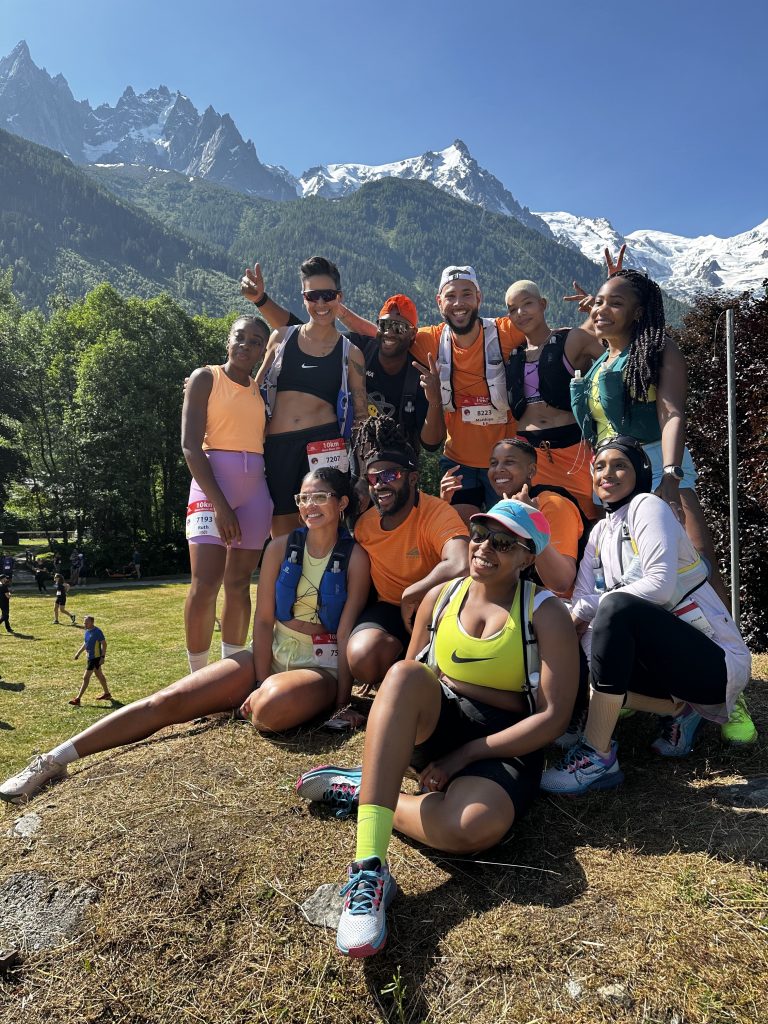
It’s less common for agencies to promote community activities, but it’s something we’ve been proactive about at Aspire. Why would an agency want to engage with communities like that?
LL: Well, if we think about it we sort of function like a brand: we have a product/service to offer and we need to try to grow an audience. But we can help and support communities in other ways than a traditional brand would. As a PR agency we could offer our expertise to leaders and their communities in order to highlight their work and support them in reaching new audiences too.
After 2021, a shift occurred for many where what should be driving a business or a person should be purpose. To make a huge profit is not everyone’s goal any more but most importantly, if you do make huge profits, how are you reinvesting it so it serves a bigger purpose?
We sometimes hear the phrase,”build it and they will come”, meaning that all you need to do is create the right environment and good things start to happen. But in outdoor pursuits, that doesn’t always work. What more can we do to bring people along?
LL: I completely agree, it has become a conscious decision for people to go and look for diversity in all its forms and invite people in. But first, you have to question yourself, your practice, your system and not everyone is ready to do that. We should be past the “be in a campaign to fit the calendar” at this stage. Actions should be genuine. And people who represent brands should make the effort to know who they are talking to, how they should approach it, what they should or shouldn’t ask.
It seems that as an industry, we do a great job of getting people in at the bottom of the funnel, but we don’t always do a great job with retention – I’m thinking of programs like couch to 5k where once you’ve completed your 5k, it’s not obvious where you go next. The same happens with brand activations. How do we work to keep people close, and part of an active community once they have some momentum?
LL: Brands could support in ways they cannot even start to think of because it will cost them money. But the investment is so valuable. The main issues for sports communities right now is funding and spaces. We’ve seen too many brands having “community spaces” being not so accessible to anyone or closing down later on because they do not know how to program it and profit is king so they reverse to use it as part of their retail space. If you have a space, use it. If you do not know how, reach out to creatives.
The only way to keep people close is to have them involved in the process or having leaders who are relatable so they can speak for the whole of the community.
Lory, you’re an artist. How many similarities are there between the worlds of art and outdoor activities? It feels like there’s a sense of community at the core of art too – you need to bring people with you, right?
LL: Art is definitely a journey and yes for me the idea is to bring people along with me through feelings and emotions. Most artists lack space and funding. But we still create moments to share our passion with like-minded people – at least that’s what I have been doing for the past 10 years.
For me the main similarity is escapism. When I paint it is the same as when you go out for a run somewhere new, or hike in the mountains. You leave the worries of the world behind for a moment and most of the time find your true self again.
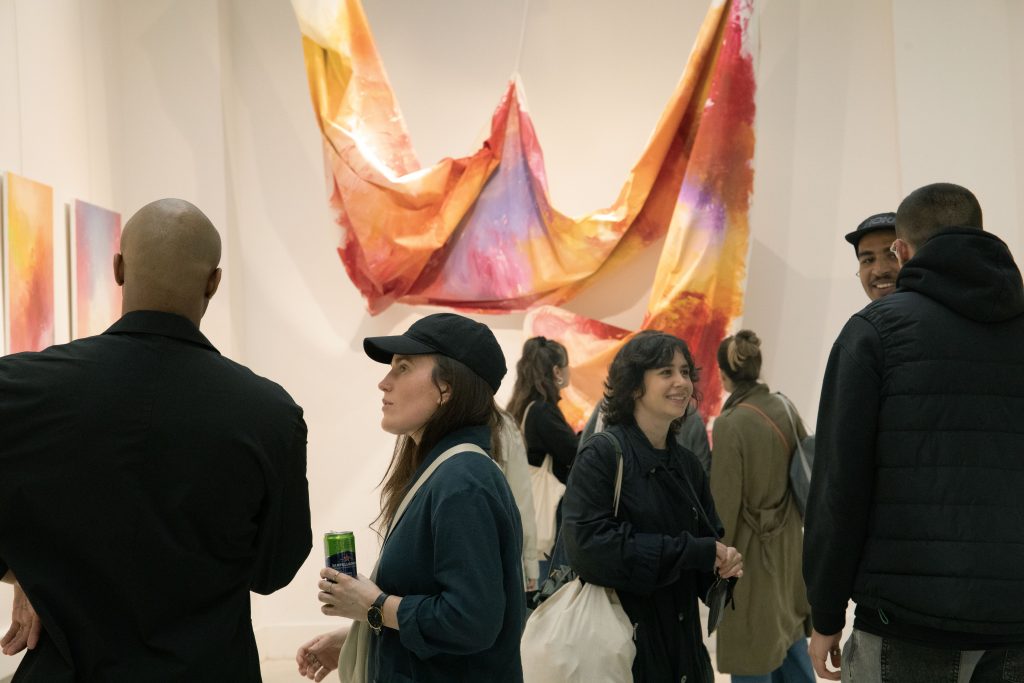
To find out more more about our active community programme and services, please get in touch with Lory Louves.
Sign up to our newsletter here to keep up to date with our latest news and work.








